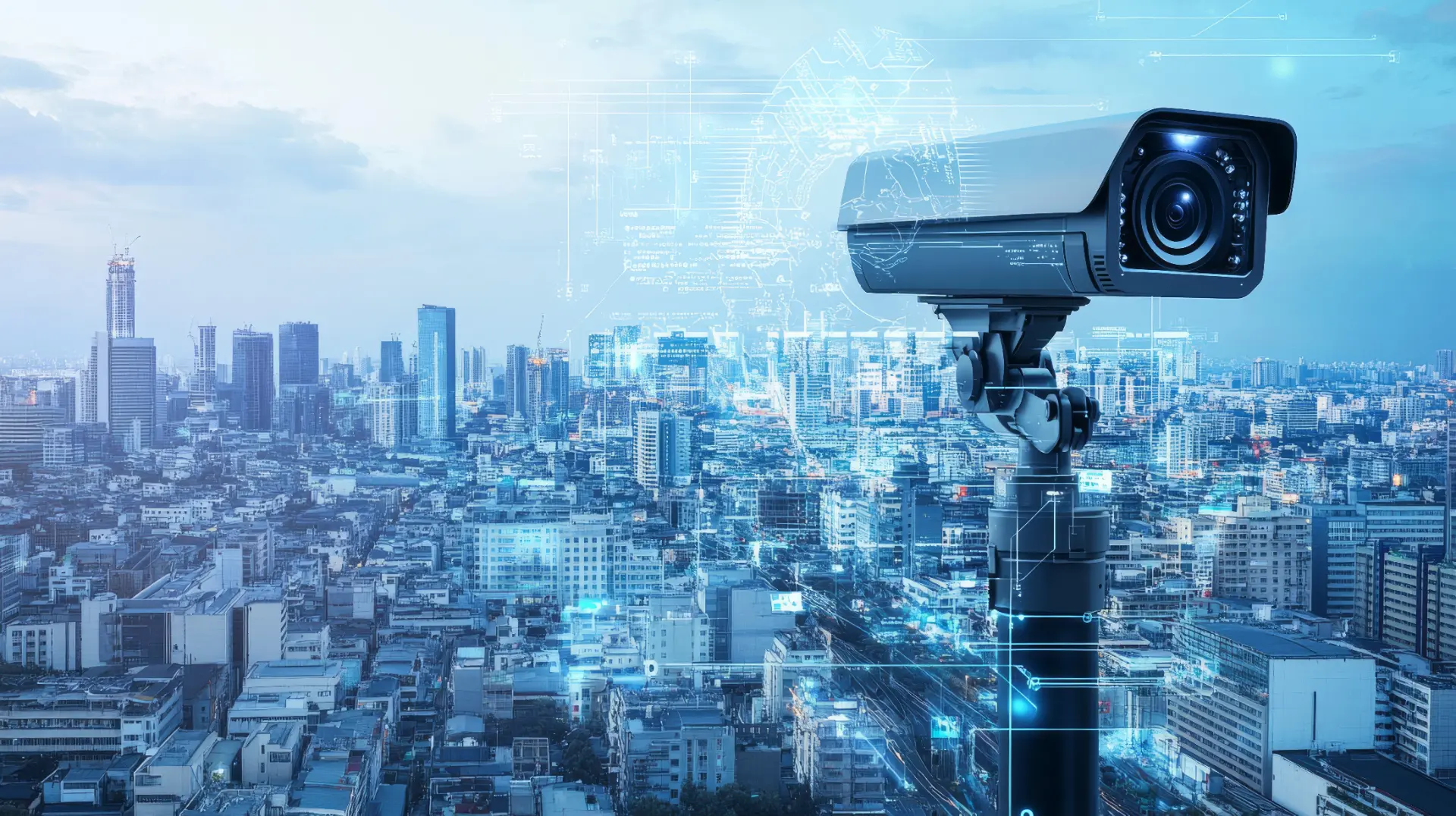Table of contents
- The invisible threat still strikes
- Governments at the forefront of global cyberespionage
- The new attack surfaces: from software to the cloud
- Digital surveillance and what lies ahead
- A shift in strategy is needed
The invisible threat still strikes
Zero-day vulnerabilities remain one of the most feared weapons in the world of cyber security.
In 2024, the Google Threat Intelligence Group recorded 75 attacks, a drop from 98 in 2023—but not a decrease in severity. These exploits take advantage of unknown software flaws, making them the perfect tool for cybercriminals and state actors.
Over 60% of attacks targeted businesses and critical infrastructures, proving that no one is immune in an increasingly digital and dangerous world.
Governments at the forefront of global cyberespionage
Google’s report highlights China, North Korea and Russia as key players behind highly targeted attacks aimed at stealing data, sabotaging systems and carrying out illicit financial activities.
- North Korea is linked to at least five high-level incidents.
- Russia executed three documented, high-impact operations.
- China is also among the top players in this covert cyberwarfare.
Non-state actors and organized cybercrime groups are catching up with government agencies in terms of technical sophistication, turning cybercrime into a global emergency.
The new attack surfaces: from software to the cloud
While browsers remain popular targets, there’s a clear shift in strategy. Chrome exploits dropped from 17 to 11, but Windows vulnerabilities increased from 17 to 22 critical flaws exploited.
More alarming is the focus on cloud infrastructure and networking tools. Ivanti and similar services have been frequently attacked, signaling a shift toward hitting key points of the digital transmission chain.
Digital surveillance and what lies ahead
More than half of all identified zero-day vulnerabilities were used for intelligence and surveillance operations. The commercial spyware market is thriving, raising serious ethical and security concerns.
There’s good news too: the increasing difficulty in finding new vulnerabilities proves that software makers’ efforts are working. The drop in attacks on browsers and mobile devices suggests that defensive strategies are starting to bear fruit.
A shift in strategy is needed
Zero-day attacks are here to stay. Defending against them requires proactive strategies, international cooperation and a broader cyber security culture.
In a world ruled by code, the real challenge is staying ahead of the hackers.
